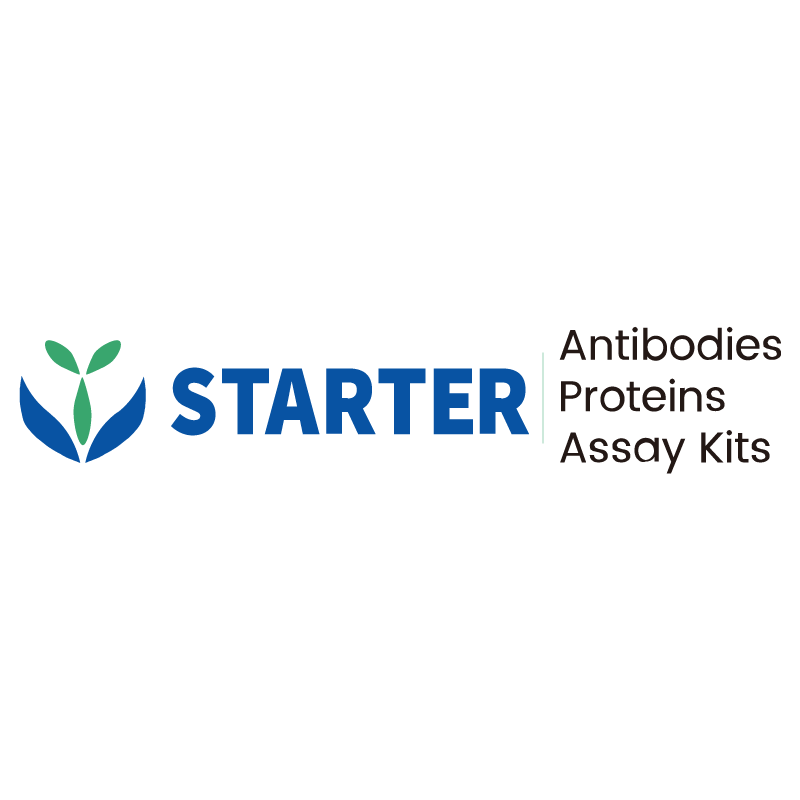Flow cytometric analysis of BALB/c mouse splenocytes labelling Mouse CD31 antibody at 1/200 dilution (1 μg) / (Red) compared with a Rat IgG2a, κ monoclonal IgG (Black) isotype control. Goat Anti - Rat IgG Alexa Fluor® 488 was used as the secondary antibody.
Product Details
Product Details
Product Specification
| Host | Rat |
| Antigen | CD31 |
| Synonyms | Platelet endothelial cell adhesion molecule; PECAM-1; Pecam; Pecam1 |
| Location | Cell membrane |
| Accession | Q08481 |
| Clone Number | S-2908 |
| Antibody Type | Rat mAb |
| Isotype | IgG2a,k |
| Application | FCM |
| Reactivity | Ms |
| Positive Sample | BALB/c mouse splenocytes |
| Purification | Protein G |
| Concentration | 2 mg/ml |
| Conjugation | Unconjugated |
| Physical Appearance | Liquid |
| Storage Buffer | PBS pH7.4 |
| Stability & Storage | 12 months from date of receipt / reconstitution, 2 to 8 °C as supplied. |
Dilution
| application | dilution | species |
| FCM | 1:200 | Ms |
Background
CD31, also known as platelet endothelial cell adhesion molecule (PECAM-1), is a glycoprotein encoded by the PECAM1 gene and expressed on endothelial cells, platelets, and various types of leukocytes. It is a type I transmembrane protein with six extracellular immunoglobulin-like domains, a transmembrane segment, and a short cytoplasmic tail. CD31 plays crucial roles in cell-cell adhesion, immune response, and vascular integrity. It facilitates leukocyte transmigration during inflammation, maintains endothelial cell junctions, and regulates vascular permeability. Additionally, CD31 is involved in angiogenesis and has potential implications in cancer metastasis and thrombus formation. Its expression and function are also implicated in various diseases, including atherosclerosis and Alzheimer's disease.
Picture
Picture
FC


